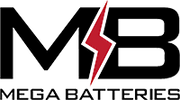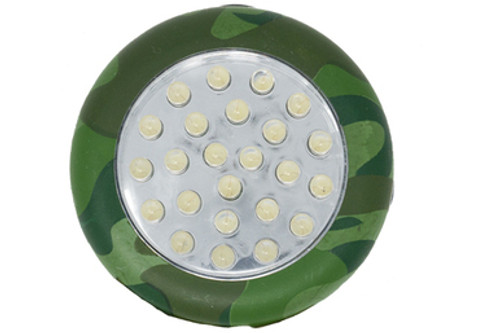| Specifications
|
36 HEAD LED SUPER BRIGHT ALL PURPOSE LIGHT
Illuminating Innovations: The Evolution of LED Lighting Technology
In today's world, lighting technology plays a crucial role in our daily lives, from illuminating our homes and workplaces to enhancing the safety and security of our surroundings. Among the various lighting technologies available, Light Emitting Diodes (LEDs) have emerged as a revolutionary solution, offering numerous advantages over traditional incandescent and fluorescent lighting systems.
The Birth of LED Technology:
LEDs, first discovered in 1907, remained a laboratory curiosity for decades due to their limited efficiency and high production costs.
The development of practical LEDs began in the 1960s with the invention of the modern LED by Nick Holonyak Jr. at General Electric.
Early LEDs were primarily used as indicator lights in electronic devices and appliances due to their low brightness and color limitations.
Advancements in Efficiency and Performance:
Significant advancements in LED technology occurred in the late 20th and early 21st centuries, leading to improvements in efficiency, brightness, and color rendering.
Researchers focused on enhancing the efficiency of LEDs by improving semiconductor materials, chip designs, and manufacturing processes.
Introduction of Gallium Nitride (GaN) LEDs revolutionized the industry, enabling high-brightness LEDs suitable for general lighting applications.
LED Lighting Applications:
LED technology found widespread adoption across various applications, including residential, commercial, industrial, automotive, and outdoor lighting.
Residential lighting: LEDs replaced traditional incandescent and compact fluorescent bulbs, offering energy efficiency, long lifespan, and superior light quality.
Commercial and industrial lighting: LEDs provided cost-effective lighting solutions for offices, factories, warehouses, and retail spaces, reducing energy consumption and maintenance costs.
Automotive lighting: LEDs offered improved visibility, safety, and design flexibility for headlights, taillights, and interior lighting in vehicles.
Outdoor lighting: LEDs revolutionized street lighting, landscape illumination, and architectural lighting, delivering enhanced visibility, durability, and energy savings.
Environmental and Energy Efficiency Benefits:
LED lighting offers significant environmental benefits compared to traditional lighting technologies.
Energy efficiency: LEDs consume less energy than incandescent and fluorescent lights, reducing greenhouse gas emissions and mitigating climate change.
Longevity: LEDs have a longer lifespan, reducing the frequency of replacements and lowering waste generation.
Mercury-free: Unlike fluorescent lamps, LEDs do not contain hazardous materials such as mercury, making them safer for the environment and human health.
Technological Innovations and Future Trends:
Ongoing research and development efforts focus on further improving the efficiency, performance, and functionality of LED lighting systems.
Smart lighting: Integration of LED technology with sensors, wireless connectivity, and intelligent controls enables the creation of smart lighting systems that adapt to user preferences, optimize energy usage, and enhance comfort and convenience.
Human-centric lighting: Emerging trends in LED lighting include human-centric lighting, which considers the biological effects of light on human circadian rhythms, productivity, and well-being.
Miniaturization and flexibility: Advances in LED chip design and packaging technologies enable the development of compact, flexible, and customizable lighting solutions for diverse applications, including wearable electronics, healthcare devices, and architectural installations.








